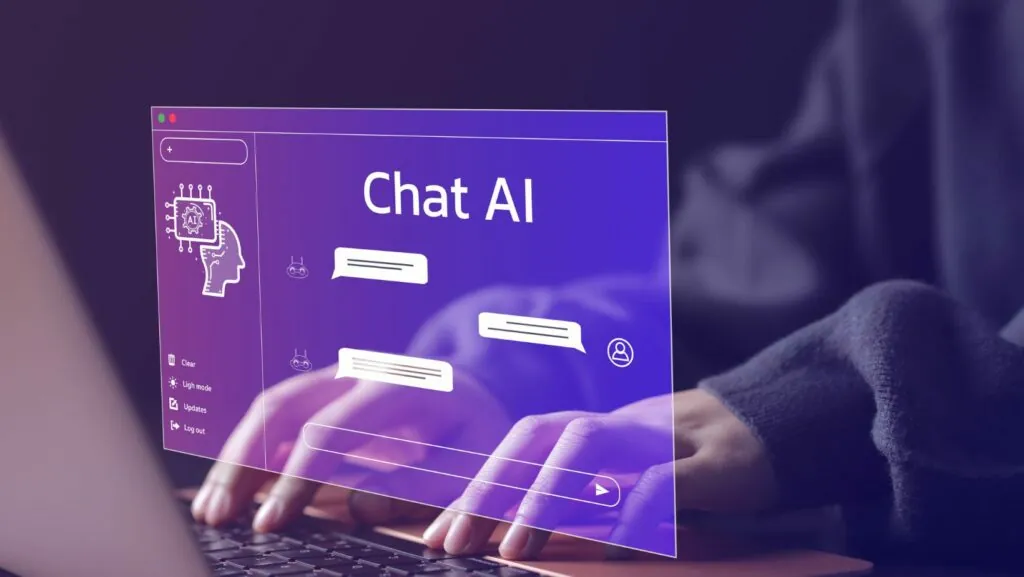In the fast-paced world of design and development, speed is everything. Imagine having a brainstorming buddy who never sleeps, never runs out of ideas, and can whip up prototypes faster than you can say “iteration.” Enter ChatGPT, your new secret weapon for rapid prototyping. It’s like having a creative assistant who’s always ready to help you turn those wild ideas into tangible concepts.
Table of Contents
ToggleUnderstanding Rapid Prototyping
Rapid prototyping refers to the process of quickly creating a model of a product to test ideas and iterate designs. This approach allows designers and developers to gather user feedback and make informed adjustments efficiently.
Definition and Importance
Rapid prototyping serves as a flexible framework for transforming ideas into tangible products promptly. It reduces development time and minimizes costs by allowing early identification of design flaws. Stakeholders benefit from immediate visual representations of concepts, leading to informed decision-making. In industries like technology and manufacturing, rapid prototyping enhances innovation by supporting experimentation without requiring extensive resources.
Phases of Rapid Prototyping
Several phases define the rapid prototyping process. First, the concept phase involves brainstorming ideas and identifying key features. Next, the design phase entails creating wireframes or sketches that illustrate the product’s layout. Building a prototype then follows, using materials or digital tools to bring the design to life. Testing comes after, emphasizing user interactions and gathering constructive feedback. Finally, refining the prototype integrates insights gained from testing, leading to improved iterations. Each phase plays a critical role in fostering effective product development.
Introduction to ChatGPT
ChatGPT acts as a pivotal resource for designers and developers aiming to streamline their prototyping process. This AI model offers immense value through its ability to generate ideas and provide feedback quickly.
What Is ChatGPT?
ChatGPT represents an advanced AI language model developed by OpenAI. With its deep learning capabilities, it engages users in natural language conversations. The model serves as a tool to facilitate creative brainstorming and problem-solving. Many utilize it for generating text-based content, from brainstorming sessions to refined prototypes. Its versatility enhances overall productivity and fosters innovation.
Applications of ChatGPT in Design
Designers use ChatGPT for various tasks throughout the design process. Rapid prototyping benefits significantly from its ability to create wireframes and interface suggestions. This tool assists in user research by generating questions for surveys or interviews. Additionally, ChatGPT speeds up the feedback loop by simulating user responses to designs. Designers often discover new perspectives or solutions by leveraging AI-generated insights. Creative teams find that collaborating with ChatGPT leads to more dynamic and effective design outcomes.
How to Use ChatGPT for Rapid Prototyping
ChatGPT serves as a powerful ally for designers and developers engaged in rapid prototyping. This AI tool streamlines the design process, fostering creativity and collaboration.
Generating Ideas and Concepts
ChatGPT excels at brainstorming. It can produce a wide range of ideas for products or features within seconds. Designers can query the model for inspiration, and it offers multiple concepts based on minimal input. This capability helps teams explore various avenues before narrowing their focus. Rapid ideation encourages diverse thinking, promoting innovation early in the design phase.
Creating Design Specifications
Specific design requirements can set a project up for success. ChatGPT helps create detailed design specifications, enabling clear communication among team members. It generates user interface descriptions, functionality explanations, and visual guidelines tailored to project needs. Accessible documentation streamlines the direction for designers and developers, ensuring everyone’s on the same page throughout the prototyping process.
Iterating on Feedback
Feedback is crucial for enhancing prototypes. ChatGPT assists teams in analyzing user feedback by summarizing insights effectively. It can generate lists of key takeaways and suggest actionable adjustments. Enhanced iterations from this analysis lead to informed design changes, improving overall user experience. Rapid refinement ensures that prototypes evolve based on actual user input, resulting in more effective final products.
Best Practices for Effective Collaboration
Effective collaboration is crucial for leveraging ChatGPT in rapid prototyping. Utilizing best practices optimizes the prototyping process and fosters creativity among team members.
Engaging Stakeholders
Involve stakeholders early in the design process. Regular updates maintain alignment and encourage collective feedback. Share prototypes and ideas for review, creating opportunities for input. Discussing visions and goals ensures everyone is on the same page. Utilizing ChatGPT helps gather diverse perspectives, enhancing the ideation phase. Incorporating this broad range of insights leads to innovative solutions that meet user needs.
Ensuring Clarity and Context
Maintaining clarity is essential for effective communication. Establish clear objectives before engaging ChatGPT for generating ideas. Providing context improves the relevance of its output. Use specific prompts that outline project goals, target audience, and design parameters. Frequent reviews of generated content ensure alignment with the project vision. Encourage team members to ask clarifying questions, enhancing understanding and collaboration. Adopting these strategies maximizes the effectiveness of using ChatGPT in prototyping.
Potential Challenges and Limitations
While ChatGPT offers significant advantages for rapid prototyping, several challenges and limitations can arise during its use.
Misinterpretation of Queries
ChatGPT can misinterpret user queries, leading to irrelevant or unexpected responses. Ambiguity in prompts often results in confusion, and users may find it essential to provide specific context. Clarity in language helps the model grasp intentions more accurately. Designers face hurdles when their questions lack detail, as it may yield outputs that stray from the intended focus. Understanding the importance of precise language is key for effective interactions with ChatGPT.
Limitations in Design Complexity
Designs requiring high levels of complexity can challenge ChatGPT’s capabilities. While it excels in generating basic concepts and layouts, intricate features may overwhelm the model. Users often notice that nuanced design aspects may not be captured fully. For projects involving advanced interactivity or integration of multiple components, relying solely on ChatGPT may lead to oversimplification. Balancing AI-generated insights with human expertise ensures that complex designs meet expectations accurately.
ChatGPT stands out as a transformative tool for rapid prototyping. By streamlining the ideation process and facilitating collaboration, it empowers teams to create and refine prototypes efficiently. The integration of AI insights enhances creativity while also addressing user feedback effectively.
As designers and developers harness the capabilities of ChatGPT, they can expect quicker iterations and improved product outcomes. Emphasizing clear communication and specific prompts will maximize the tool’s effectiveness. Balancing AI-generated ideas with human expertise ensures that designs not only meet expectations but also resonate with users. Embracing this innovative approach will undoubtedly lead to a more dynamic and successful prototyping experience.





